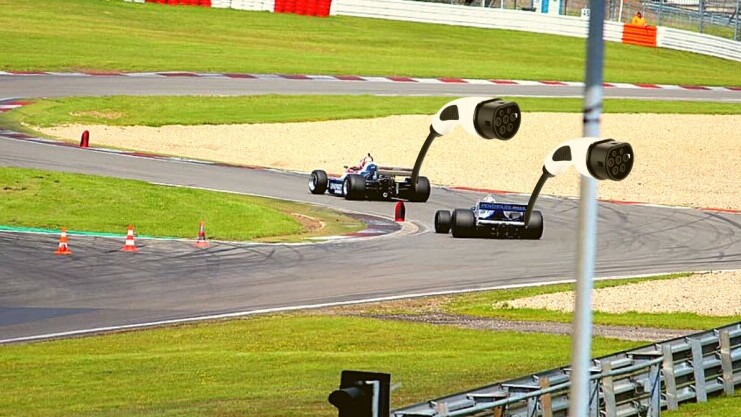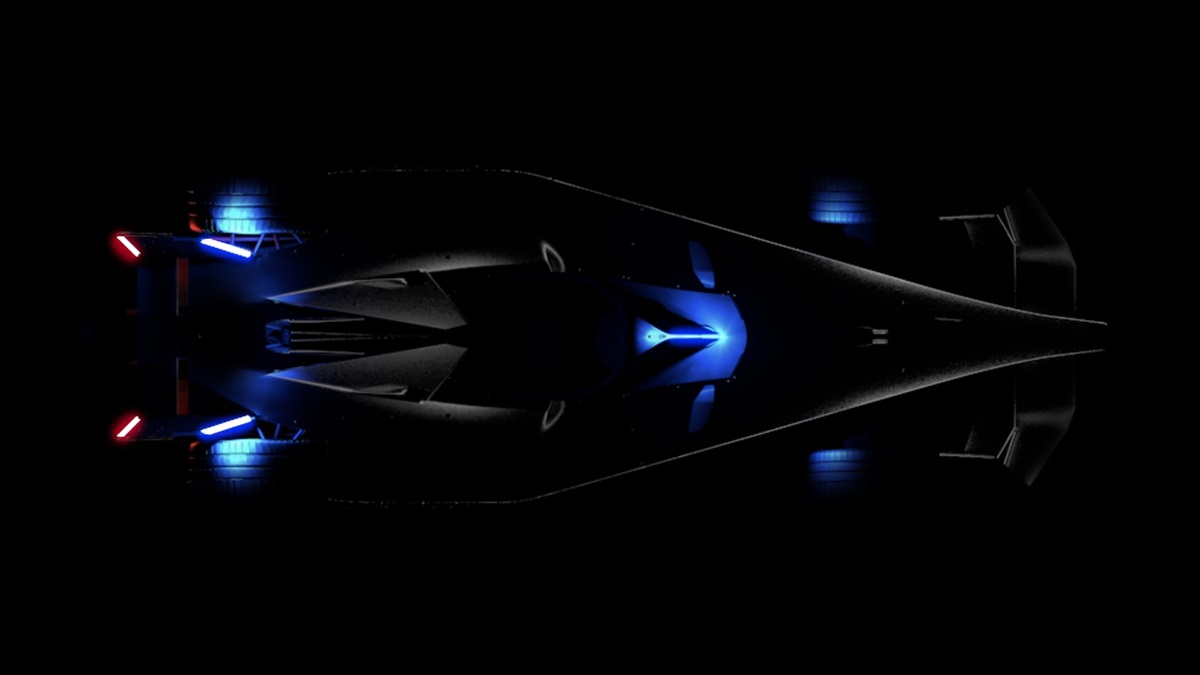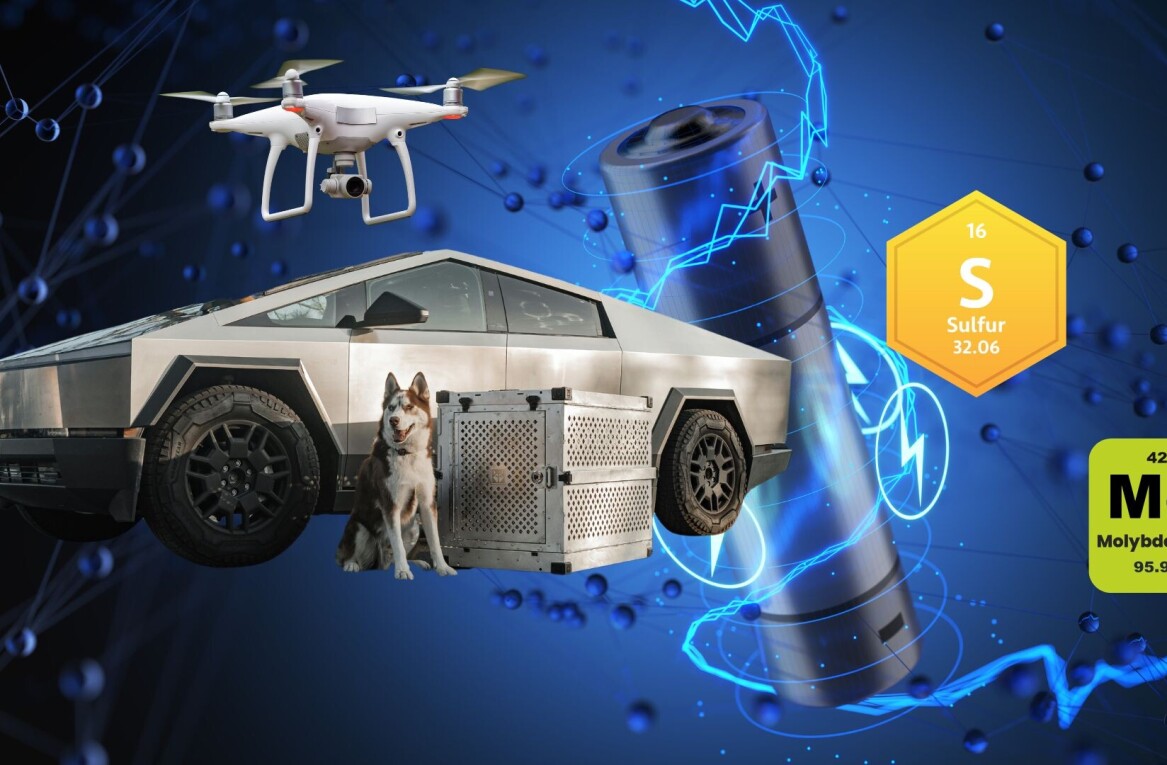
The Formula E Championship debuted in 2014 and has since then proved that electric vehicles can send shivers down our spine in suspenseful races — just like their Earth-kill forebears.
Formula E started the tranformation of car racing with the Gen1 vehicle, which later evolved into the more powerful and fast Gen2.
Now we get a glimpse of the Gen3 race car that — speaking of evolution — has turned into a majestic butterfly. According to its F3 creators, it’s supposed to be “the world’s most efficient race car” and manages twice the efficiency of an equivalent ICE race car.
That calls for a big WOW.

But that leaves us with a huge question: what exactly makes the Gen3 so efficient?
1. Regenerative braking only
The Gen3 is the first formula car without hydraulic brakes. Instead, it features only regenerative breaking that’s claimed to produce at least 40% of the energy used during a race.
2. Double powertrains
The Gen3 is also the first formula car featuring both front and rear powertrains. The front powertrain adds 250kW to the 350kW at the rear, which translates into a whopping 600kW total. That’s enough to “more than double” the regenerative capacity of the Gen2.
3. Hella powerful and fast
The electric motor delivers up to 350kw of power (470hp) and a top speed of 320km/h. Formula E says that the Gen3’s power-to-weight ratio is exactly what makes it twice as efficient as an equivalent 470hp combustion race car.
4. Lightweight design
According to its manufactures, the Gen3 is lighter and smaller than then Gen2 — although we don’t have any specific details on its dimensions and weight. Based on the comparison with the Gen2, we can assume that it weighs less than 903kg (including the drivers) and is shorter than 5160mm long (or about 5.1m for normal humans).
In any case, the Gen3’s design is said to enable faster and more agile wheel-to-wheel racing.

If the Gen3 is indeed what it claims to be, there’s a second important question: when can we actually see it in action?
Fortunately, we won’t have to wait so long.
Jamie Reigle, Formula E CEO, said in the press release:
We look forward to witnessing it inspire and excite the next generation of motorsport fans in cities around the world from Season 9 of the ABB FIA Formula E World Championship.
And that’s the 2022/2023 season, folks! In the meantime, pre-season testing will start in the next few months, so we might even get a better glimpse earlier on.
Get the TNW newsletter
Get the most important tech news in your inbox each week.




